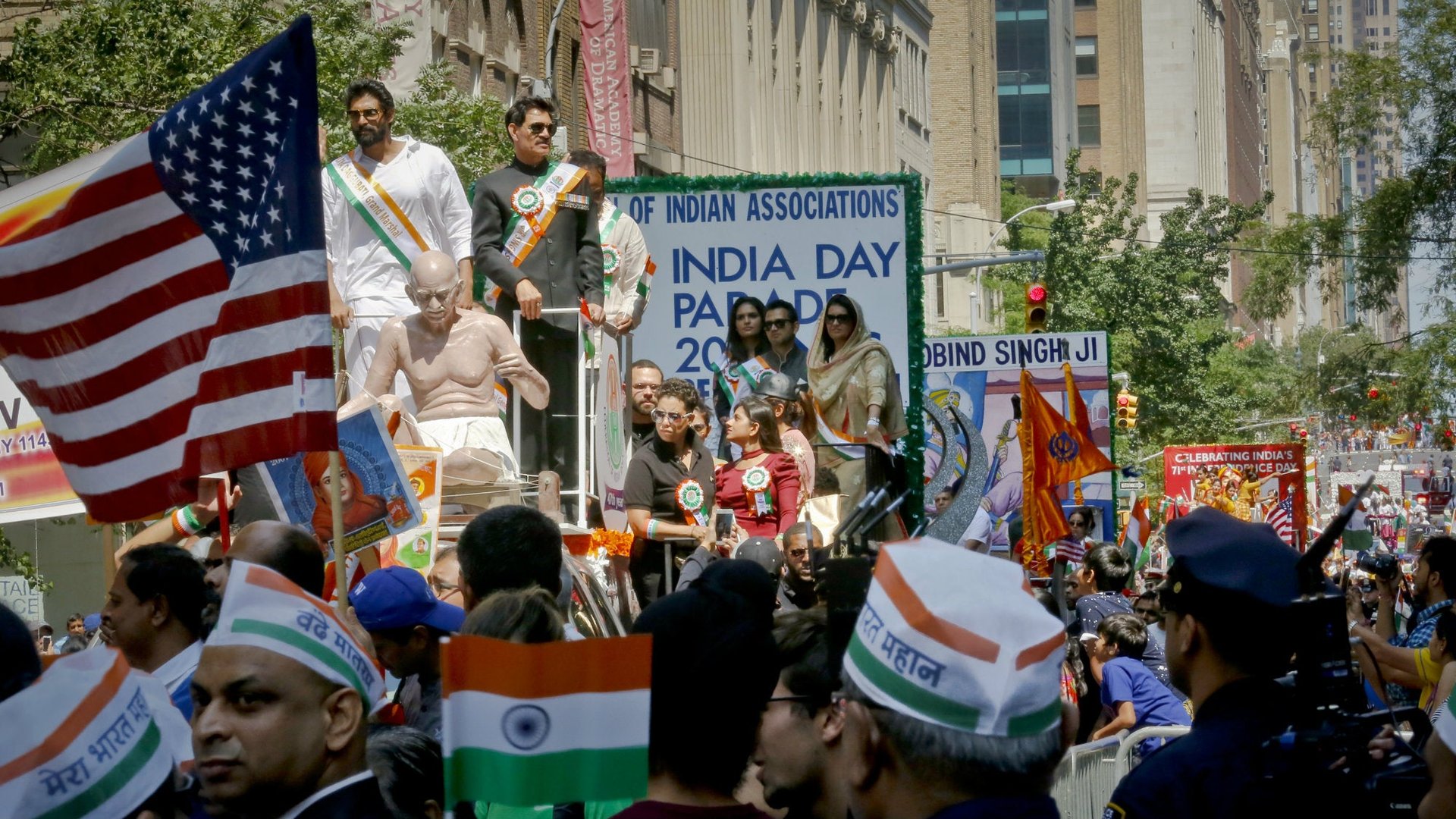For one year, all the South Asians in the US were considered “white”
The history of classifying South Asians in the United States is fraught. For most of the 20th century, the census and courts did not consider South Asians as a distinct race, in part because their numbers were negligible. In 1970, the US census decided South Asians were white.


The history of classifying South Asians in the United States is fraught. For most of the 20th century, the census and courts did not consider South Asians as a distinct race, in part because their numbers were negligible. In 1970, the US census decided South Asians were white.
Racially designating South Asians, especially from the Indian subcontinent, is complicated. India is home to more than 2,000 ethnic groups. In the early 1900s, scholars believed that a major ancestral group, the Aryans, migrated to the subcontinent from Europe. They indisputably integrated into Indian culture—the Mahabharata, one of the most well-known ancient Indian epics, tells the story of Aryan warriors who fought among their families for political and spiritual legitimacy. They grouped into an elite, fair-skinned class, possibly explaining the diversity in skin tones of Indians today.
So what happened in 1970? Let’s go back to 1919.
That year, Bhagat Singh Thind petitioned for US naturalization. At the time, only free white people qualified, so Thind argued that as a “high caste Hindu, of full Indian blood” he descended from Aryans who, like other white cultures, had conquered India. The Supreme Court agreed with him, but rejected his appeal on the grounds that too much intermarriage with native Indians had since taken place, as evidenced by Thind’s dark skin.
Thus, in 1923, the US Supreme Court ruled that South Asians were not white. This ruling also marked the transition from thinking about race as a scientific concept, traced by factors like language and location, to a social concept, effectively judged by whether white people would feel comfortable thinking of Thind as their own.
Historically, rulings on race have had a lot to do with restricting the privileges of certain groups. Government officials began investigating Thind’s petition for naturalization because he led a violent Indian independence group. The census briefly created a “Hindoo” race category around this time, which was later removed.
By the 1950s, accurately tracking South Asians was not a pressing issue for the decennial census. Chinese and Japanese Americans were the predominant Asian groups of the time, and so for a while the only options on the census for residents of Asian descent were Chinese, Japanese, Filipino, Korean, and Hawaiian. For census compilers, South Asians were to be classified as other.
Then, in 1970, an abrupt change of policy: “individuals who did not report their race as White but who entered a race response suggesting Indo-European stock were classified as White,” according to a history of race in the census (pdf).
It wasn’t until the next census in 1980, amid pressures within the Indian community for recognition, that the census created an “Asian Indian” category. Around 360,000 people identified as such in 1980; in the last census, in 2010, this grew to 2.8 million.